Hike Deeper: Meditation Techniques for Enhanced Hiking Experience
The Breath as a Trail Compass
Use your breath to pace your strides: inhale for four steps, exhale for four steps, then adjust to terrain. Slower, nasal breathing can steady your heart, soften effort, and reduce chatter. When the trail steepens, let the breath remind you that presence—not speed—defines the experience.
Body Scan on the Switchback
At each switchback or rest stop, scan your body from soles to scalp. Notice hotspots, loosen your jaw, soften shoulders, adjust pack tension, and relax hands. This brief inventory prevents small tensions from becoming big distractions and quietly returns attention to the living, breathing moment.
Intention at the Trailhead
Begin every hike with a clear intention: curiosity, patience, courage, or simple enjoyment. Whisper it at the trailhead, write it on a note, or trace it in dust. Intention gives meaning to effort, steadies choices mid-hike, and invites reflection afterward. Share your intention with our community for accountability.
Sensory Meditation on the Trail
Open your ears to three layers of sound: distant (wind, birds), mid-range (leaves, creek), and near (boots, breath). Label without judging, then release each layer. This gentle focus reduces mental noise, improves pacing, and turns the forest into a patient, ever-present teacher.
Moving Meditation Techniques
Synchronize steps and breath to create a steady cadence. A hiker named Maya once calmed ridge-top jitters by counting four steps per inhale and four per exhale. Her fear softened into rhythm, proving that counting can transform nerves into flow on narrow, exposed sections.
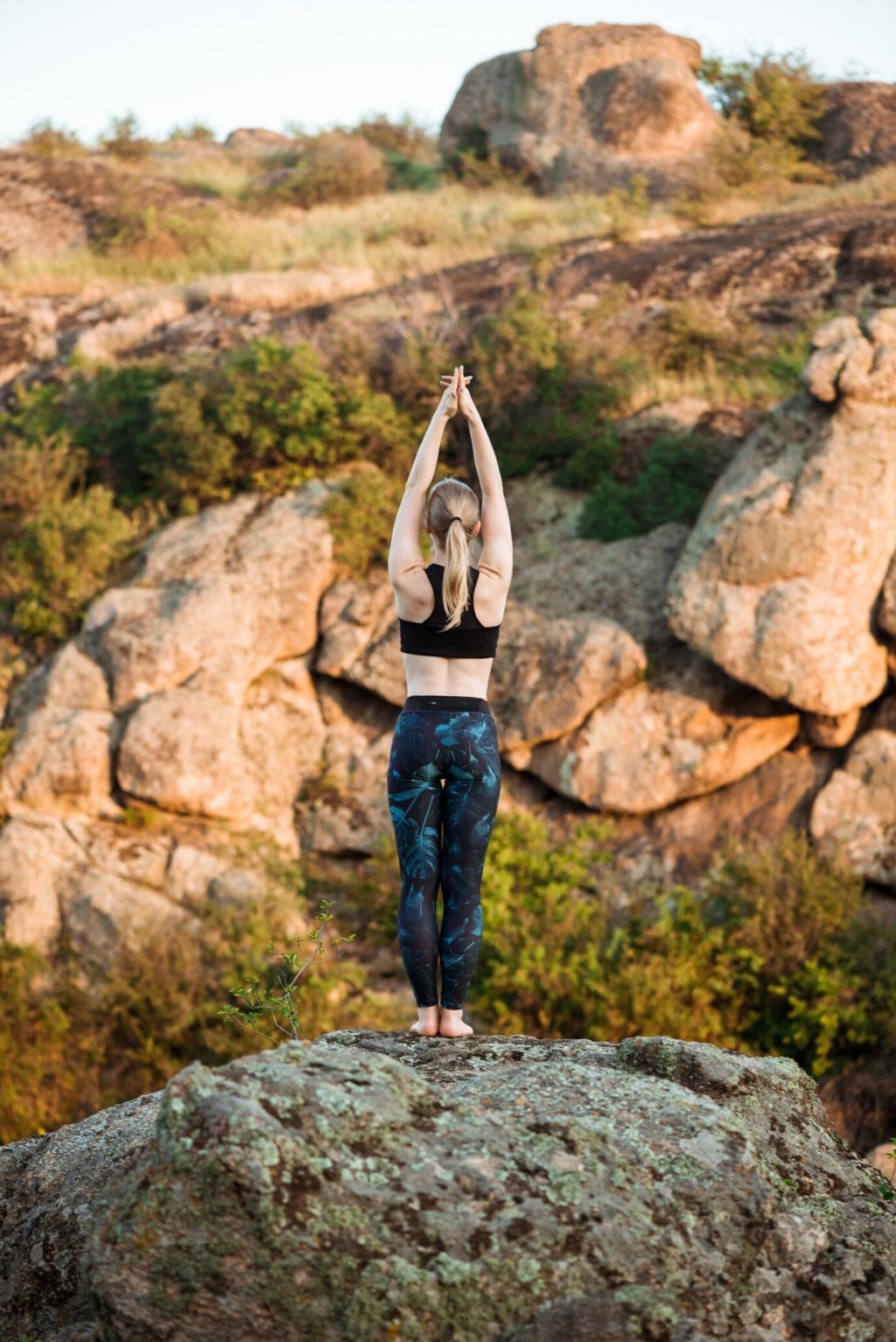
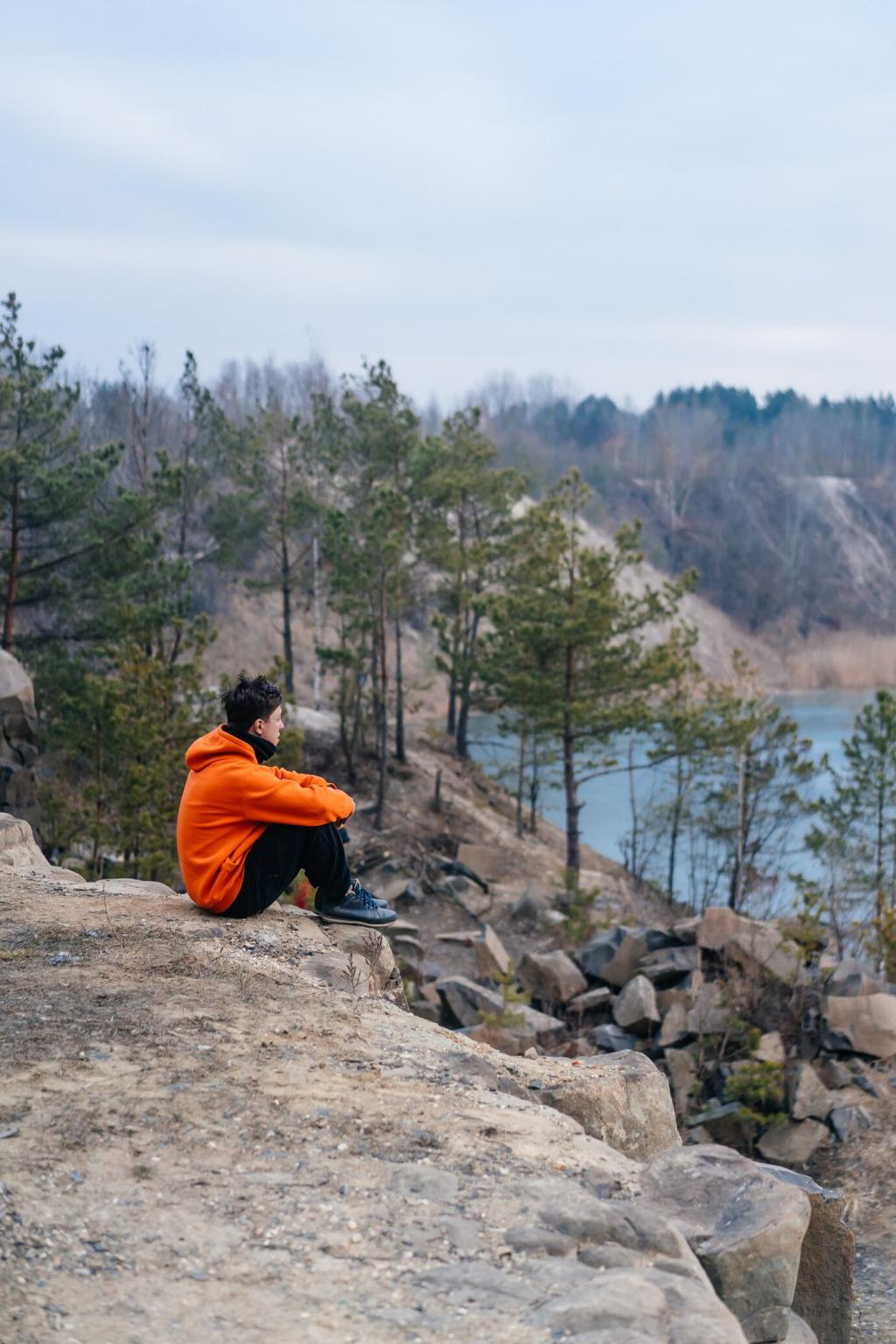
Moving Meditation Techniques
Pair words to footsteps: “soft feet, strong heart,” or “rooted body, open mind.” Repeat on climbs or technical terrain. Mantras reduce rumination, steady effort, and infuse movement with meaning. Share your favorite mantra with us and inspire another hiker’s next ascent.
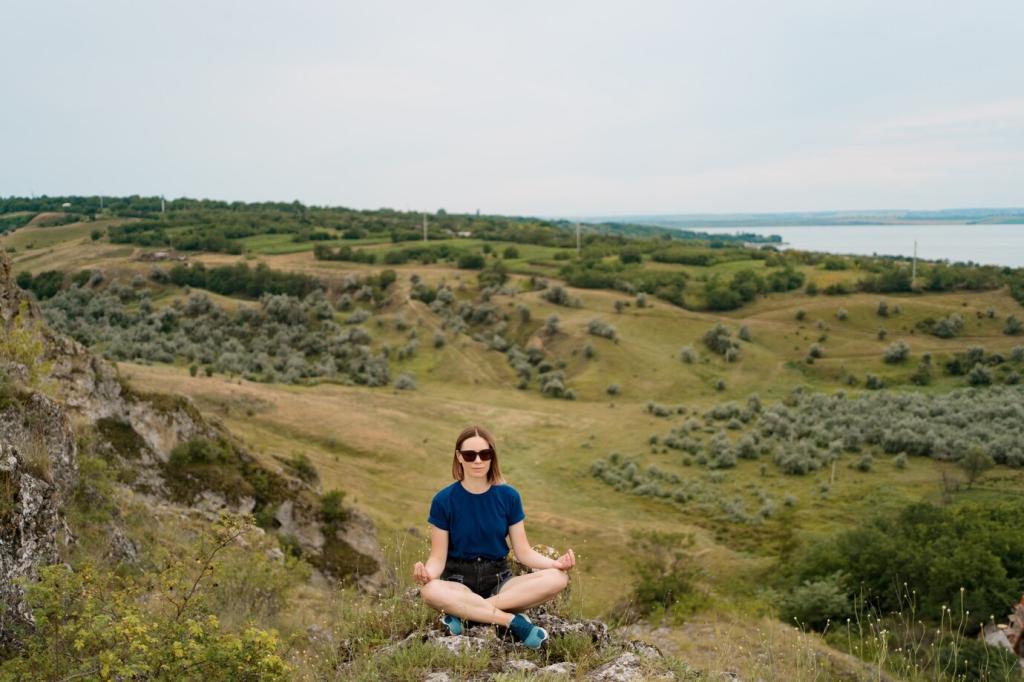
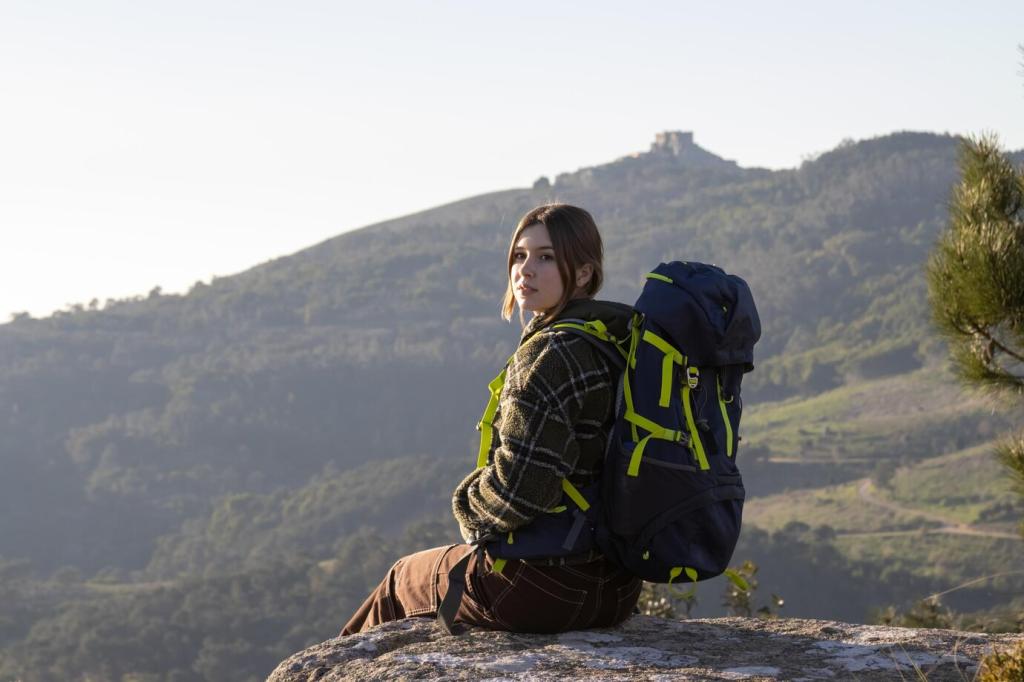
Awe, Connection, and the Quiet Mind
Pause for tiny marvels: a dew drop magnifying moss, a bee navigating alpine flowers, sunlight threading pines. Name one detail that surprises you, then breathe with it. Micro-awe resets the nervous system and invites humility, even when the summit still feels far away.
Awe, Connection, and the Quiet Mind
At overlooks, place a hand on your chest and name three gratitudes—your body’s effort, the trail’s generosity, the weather’s honest mood. Gratitude stabilizes emotions and reinforces why you came. Post your three gratitudes in the comments to encourage fellow hikers.
Emotional Resilience for Tough Sections
01
Try box breathing: inhale four, hold four, exhale four, hold four—repeat for four rounds. Keep eyes soft, widen peripheral vision, and name three stable anchors. By meeting fear gently, you reclaim choice and move forward secure, deliberate, and present.
02
When quads burn, say, “This is hard, and I’m capable.” Place a hand over your heart to signal safety to the body. Compassion lessens struggle-bias, keeps pace sustainable, and turns the climb into a practice of brave kindness rather than grim endurance.
03
Treat drizzle as a cool massage, wind as a sharpening teacher, and heat as a reminder to slow. Label sensations precisely—damp, brisk, warm—without dramatizing. Clear naming reduces reactivity and encourages smarter choices around layers, hydration, and timing.
Mindful Navigation, Group Flow, and Safety
Use the STOP method: Stop, Take a breath, Observe maps and conditions, Proceed with clarity. One deep breath lowers urgency, widening options. Check time, weather, and energy honestly before committing. Share your best decision-making rituals with our readers.
Mindful Navigation, Group Flow, and Safety
Agree on quiet signals: a raised pole for pause, hand on heart for breath break, palm open for water check. Silent cues reduce stress and keep everyone synced. Consider rotating a “mindfulness lead” to anchor pace and presence for the team.
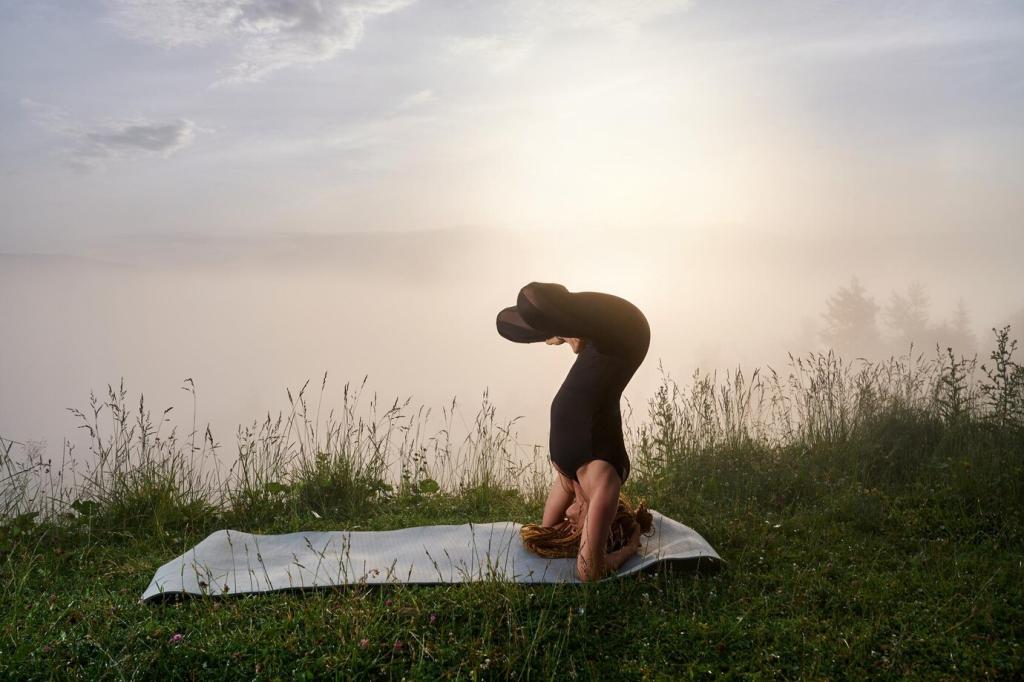
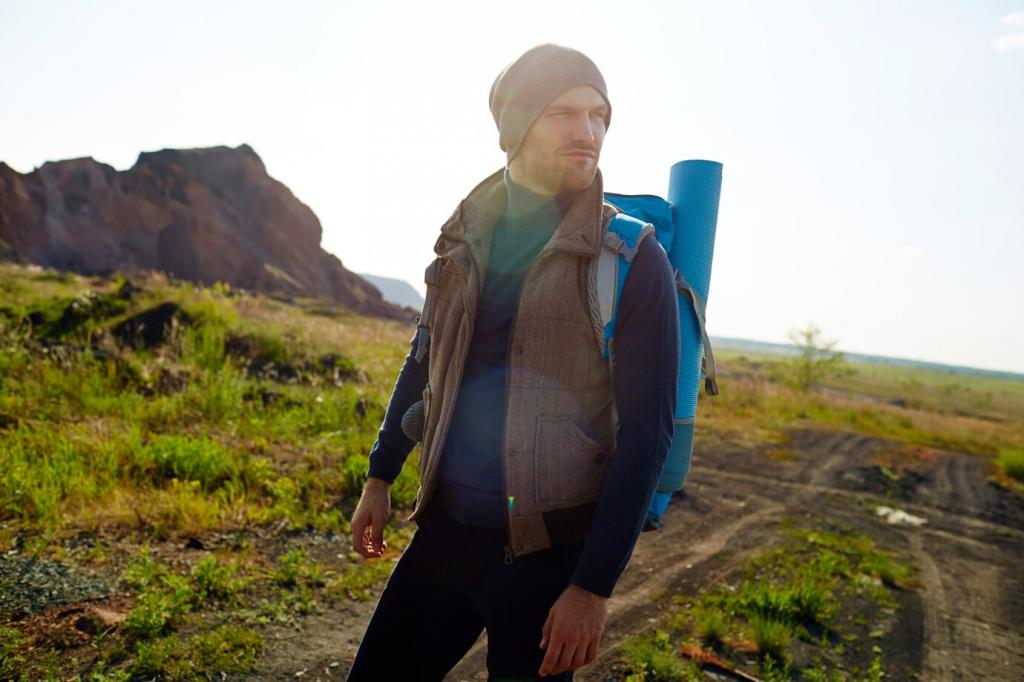
Post-Hike Integration and Ongoing Practice

Trail Journal Prompts
Capture three sensations, two emotions, and one insight from today’s hike. Note where meditation helped, and where you struggled. This steady reflection cements learning and guides the next outing. Share a favorite line from your journal to inspire others.
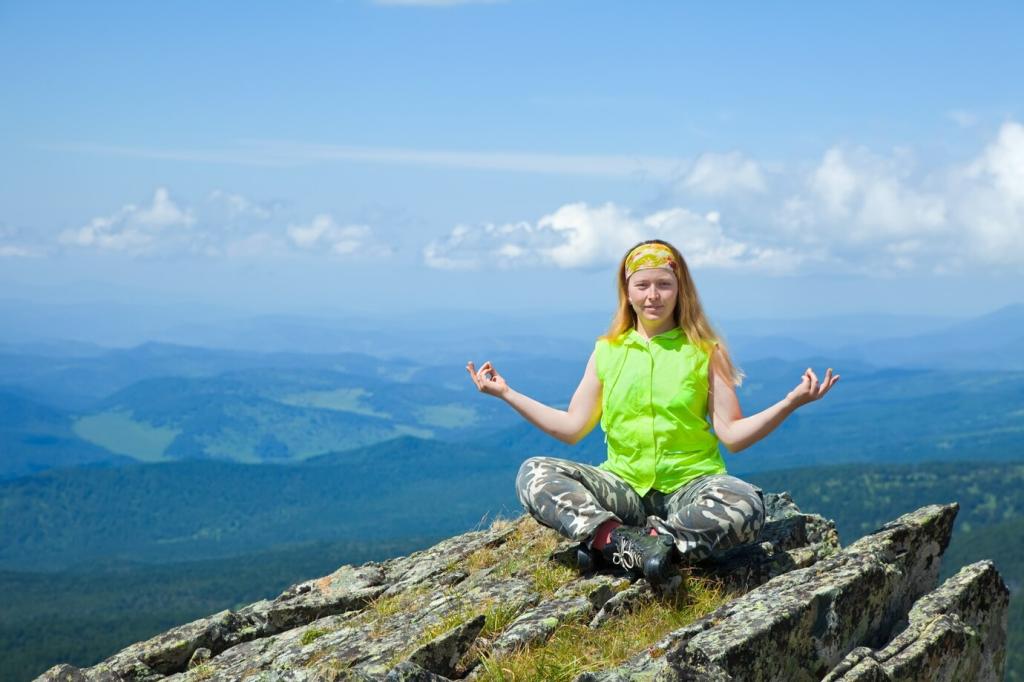
Recovery Savasana for Hikers
Lie down with calves on your pack, close eyes, and breathe slowly for ten minutes. Scan feet to forehead, releasing effort everywhere. Visualize the day’s path like a gentle river. Recovery becomes meditation, restoring energy while honoring the work your body carried.
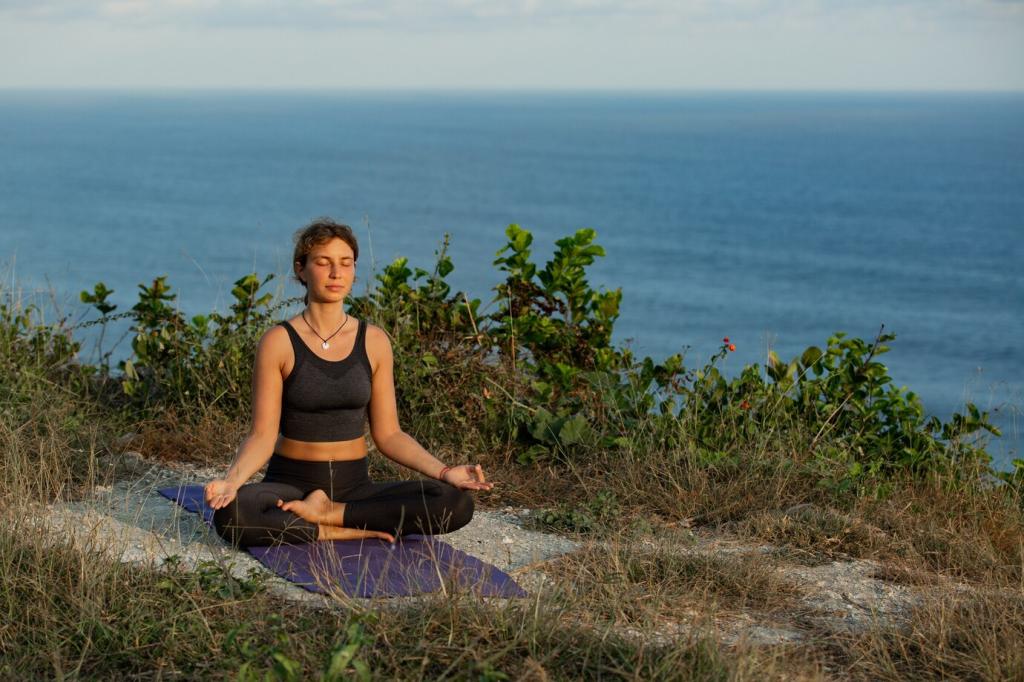
Community Check-In and Challenges
Comment with one technique you’ll try on your next hike and subscribe for monthly mindfulness challenges. Invite a friend to join and compare experiences. Community support multiplies motivation and keeps meditation alive between trailheads and Tuesday mornings alike.
